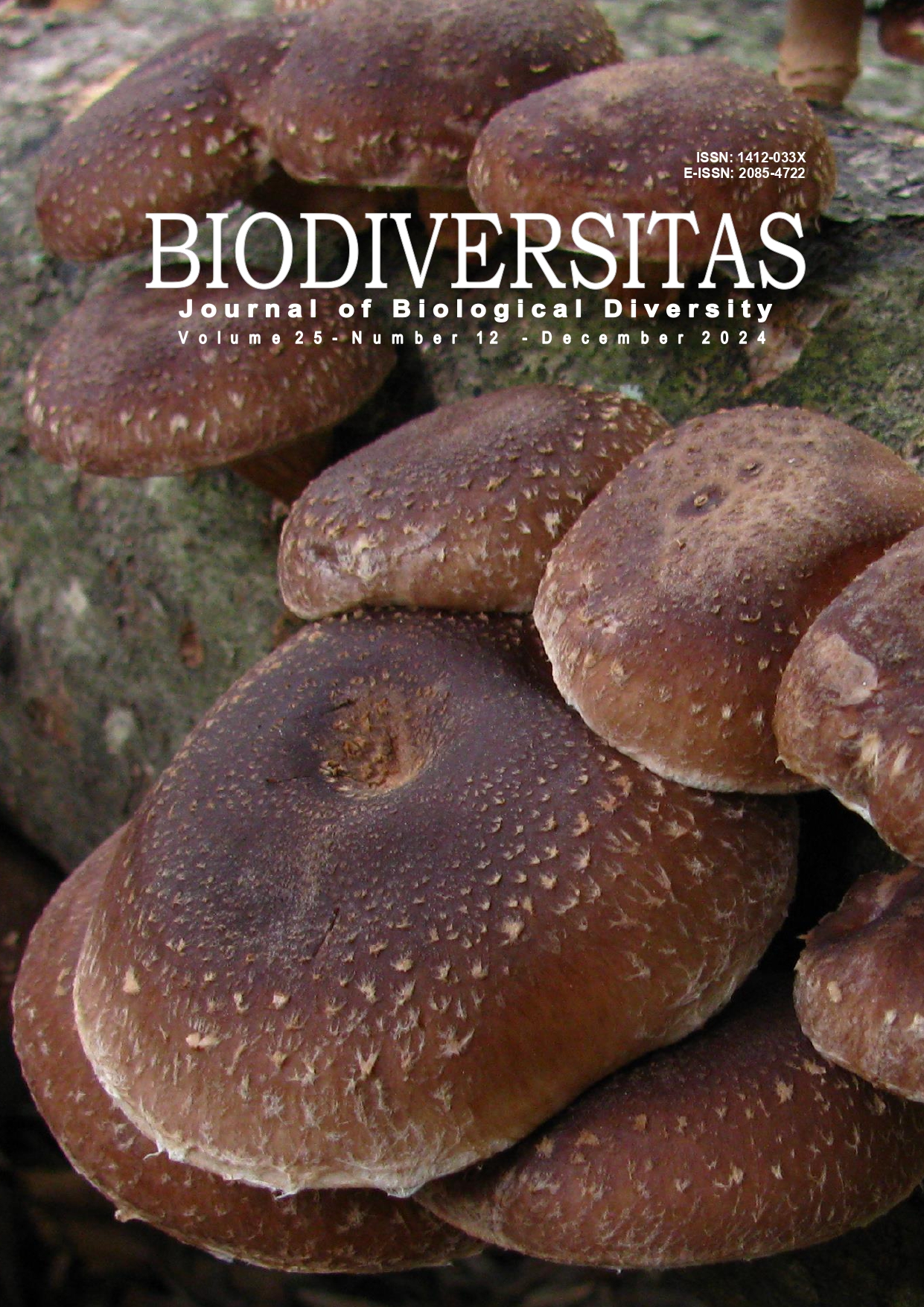Whole genome sequencing of a siderophore-producing bacterium isolated from Simadu pineapple roots
##plugins.themes.bootstrap3.article.main##
Abstract
Abstract. Wijayanti C, Suryadarma P, Mubarik NR. 2024. Whole genome sequencing of a siderophore-producing bacterium isolated from Simadu pineapple roots. Biodiversitas 25: 4860-4869. Siderophores are organic compounds synthesized by bacteria that act as iron-chelating ligands, facilitating the solubilization and transport of iron into the cell. Siderophore-producing bacteria offer significant benefits across various fields of research and application. A recent study investigated a siderophore-producing bacterium, the M7 isolate, from Simadu pineapple roots in the Subang District of West Java, Indonesia. This study aimed to analyze the siderophore biosynthesis gene cluster (BGC) from the complete genome sequence of the M7 isolate through genome mining. Comparative genomic analysis with the strain Providencia manganoxydans LLDRA6 revealed that the M7 isolate has a similar guanine-cytosine (GC) content with a longer sequence length totaling 4,447,159 bp. Genome comparison using average nucleotide identity (ANI) calculations indicated that the M7 isolate had a genome similarity of 98.82% with strain P. manganoxydans LLDRA6. Additionally, the genome of the M7 isolate contains systems for iron acquisition and metabolism, which involve mechanisms for regulating iron. A specific region in the M7 isolate encodes the IucA/IucC family of siderophore biosynthesis proteins responsible for aerobactin biosynthesis through non-ribosomal peptide synthetase-independent siderophore (NIS) pathways. Regarding siderophore BGCs, this isolate showed the highest similarity to Providencia stuartii, with differences in genetic redundancy content. Additionally, pathogen prediction results for the M7 isolate indicate that it is not pathogenic to humans, unlike P. stuartii, which is known to be pathogenic. The new siderophore-producing bacterium, the M7 isolate, harbors a duplication of core biosynthesis genes, representing genetic redundancy that supports siderophore biosynthesis. This genetic feature may enable concurrent protein expression, potentially enhancing siderophore accumulation.

